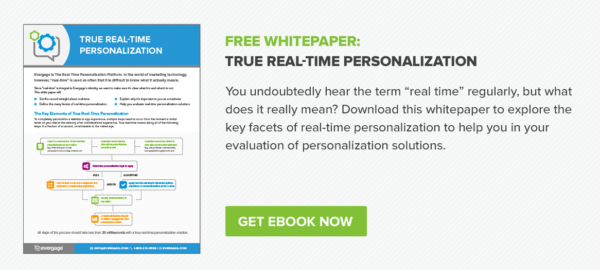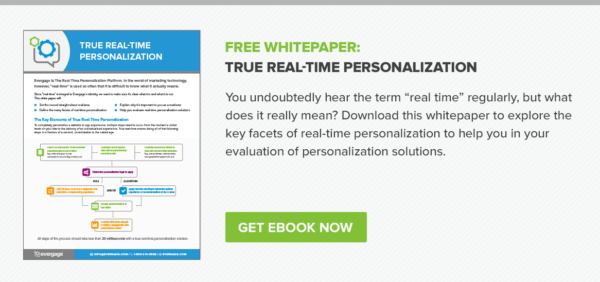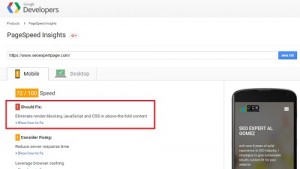— August 18, 2017
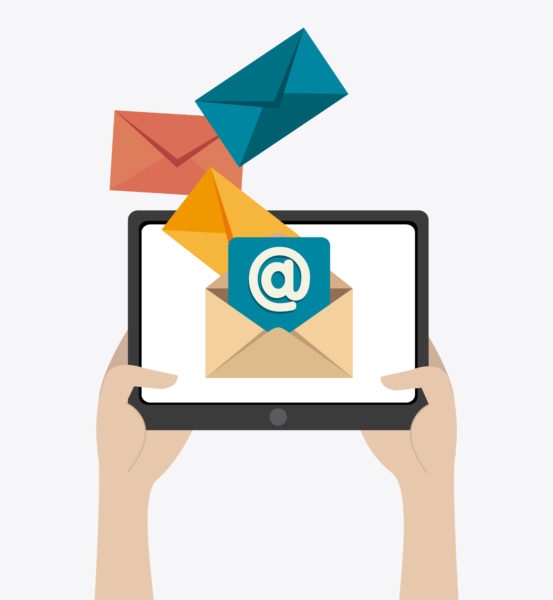
According to the Radicati Group, 269 billion emails are sent and received every day. While there are certainly other channels marketers can use to reach customers, 72% of consumers indicate that they still prefer email as their main method of communication. And, of course, email remains a relatively low-cost method of communication that marketers can use to build and maintain relationships with customers.
So despite the inbox overload, email remains a key channel for marketers. That’s why relevancy is so critical. Irrelevant emails are easy to ignore. But a relevant email has a better chance at standing out among the clutter. There are several ways to be relevant to recipients, but one key method is to ensure that emails are relevant at open time, rather than send time. This ensures that the decision of what content to display in the email is based on up-to-the-moment information. This information includes anything that may have changed based on a recipient’s behavior, intent, preferences or affinities, or with the content itself. In this blog post, I’ll describe some examples.
1. Avoid suggesting an action a person has already taken
One of the most important reasons for emails to be relevant at open time is that between when an email is sent and when it is opened, a person can take additional actions that make certain CTAs or messages outdated for the individual. You never want to recommend a product in an email that someone has just purchased, for example, because that makes it look like you do not know the person very well (and it is a missed opportunity to recommend something else instead).
This situation can occur outside of retail as well. Let’s say that a technology provider has an onboarding flow of emails that it sends to new users. The first CTA in the email may contain a message asking the user to download the app. But if a user has already taken that action, the email should instead offer a new CTA when the email is opened — such as asking the user to invite her colleagues to use the solution.
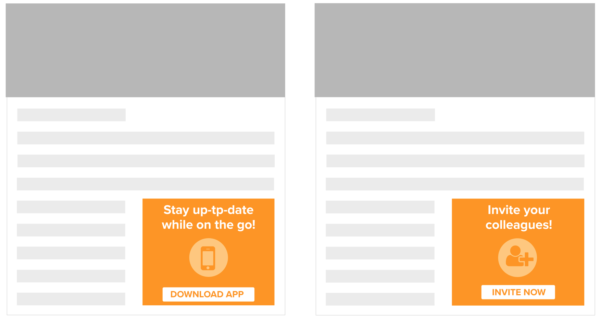
2. Leverage up-to-date intent or preferences
A person’s behaviors with your brand or company can also be a clue into that person’s intent or preferences, which can change between when the email is sent and when it is opened. For example, a shopper on a retail site may have originally demonstrated a strong affinity for the shoe category. But later, when he returned to the site, he may have spent more time checking out jeans and even put a pair in his shopping cart. While the retailer’s original product recommendations in an email may have focused solely on shoes, after he demonstrates an intent to purchase jeans, recommendations for appropriate jeans should be incorporated as well.
For more information about using behavioral data to uncover a person’s preferences and intent, check out this blog post.
3. Display updated information
Beyond individual relevance, some businesses have information that changes regularly. Those types of businesses should ensure that any emails update in real time so that when customers click through to the site, they aren’t confused by conflicting information. For example, consider betting odds that global gaming sites regularly publish. Odds can change by the minute, and gaming sites should make sure that the odds they send to customers are updated the second the email is opened so they are always accurate.
Another example of content that is constantly changing are fundraising efforts. The distance from the goal can impact the type of message within the email. For example, if a company is far from reaching its fundraising goal, the content could ask recipients to donate and then share on social media to increase awareness. But if it is close to the goal, the message can change to indicate how the company just needs a little bit more to meet its goal. When the content updates in real time, the fundraising efforts can be reflected accurately and relevant messaging can be paired with it.

4. Include accurate prices
Finally, price changes can be reflected when emails are updated at open time. For example, if a product is on sale when the email is originally sent, but not on sale when the email is ultimately opened, the recipient could become confused or angry when she clicks through to the website to find that the price is higher than she expected. Alternatively, if a price drops between when an email is sent and when it is opened, it can be an even better incentive for the recipient to click through. In both cases, the price can be displayed accurately with open-time updates.
Final Thoughts
Ensuring that emails are relevant at open time is a key aspect of email personalization.
To help marketers boost clickthrough and conversion rates, Megan Knisely and T.J. Prebil, Customer Success Manager and Director of Product Marketing, respectively, presented the webinar, 5 Ways Personalization Improves Email Marketing Results. In this webinar, they walk through the importance of open-time email personalization and going beyond just personalizing the {first_name} field. Watch the webinar replay for their insights.
Digital & Social Articles on Business 2 Community
(66)
Report Post